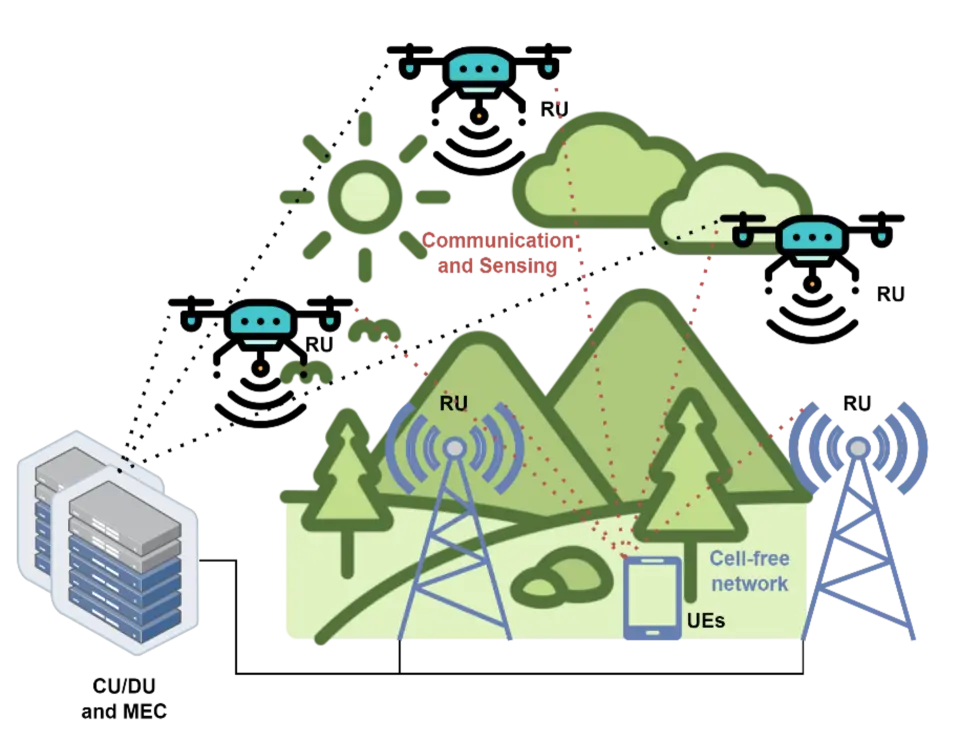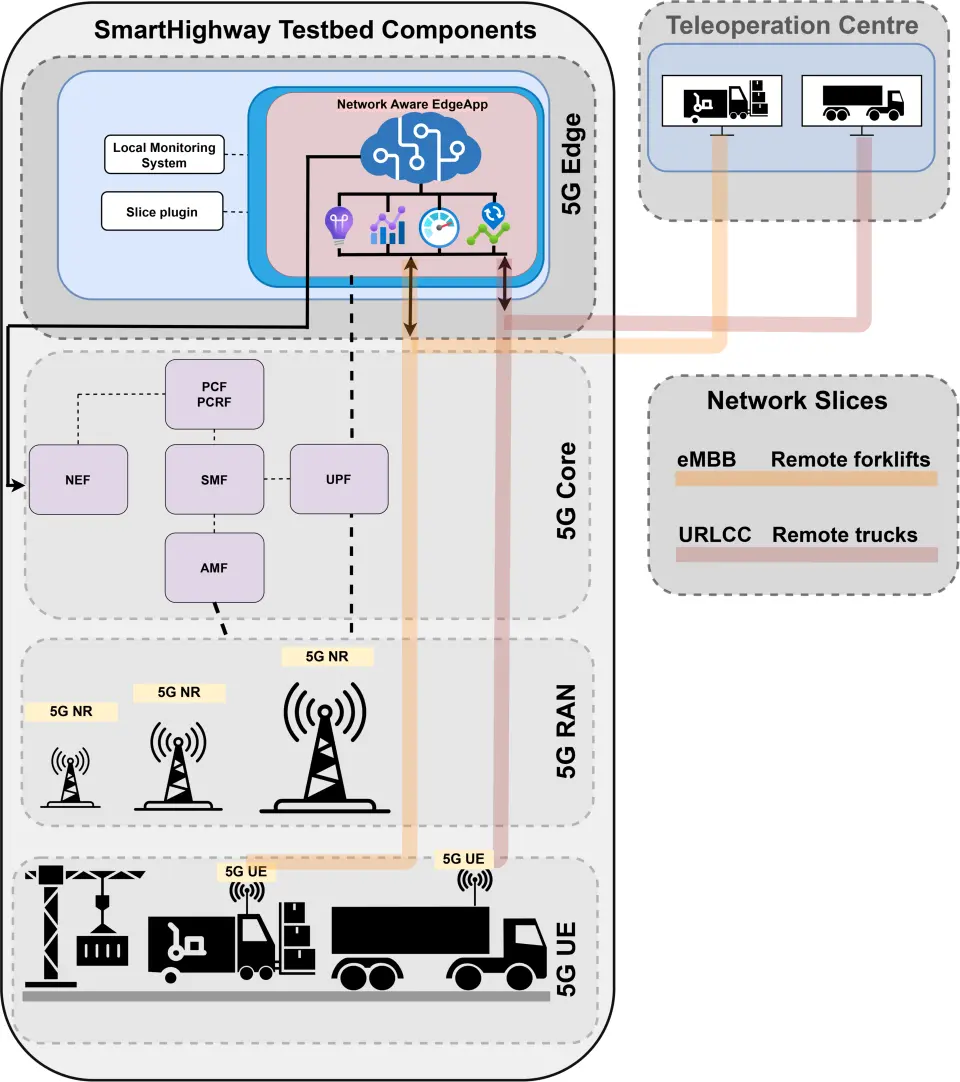
Integrated SEnsing, Energy & Communication for 6G Networks
The research project iSEE-6G will identify and describe in high-level key use cases focusing on the operation of UAVs in the cell-free, user-centric 6G radio environment and the definition of the aerial corridors as an emerging requirement for new 6G-enabling services. iSEE-6G proposes the investigation, definition, and development of a Joint Communications, Computation, Sensing and Power harvesting/transfer (JCCSP) unified platform accompanied with all supporting elements of the proposed solution in the future 6G protocol by integrating, exploiting, and supporting 6G key enabling technologies.







Inspiring Mobile and Satellite Communication Technology
IMST will act as general project coordinator. The main technical activity focus for IMST is the design of agile antenna beamforming concepts and assistance in the development of other radiation elements. Furthermore, IMST will manufacture prototypical components and perform RF measurements in its facilities. Finally, IMST is responsible for the online presence and managing the dissemination activities.

University of Piraeus Research Center

"We’ve got the brains for the future. For the benefit of society."
In iSEE-6G TU Berlin is strongly involved with the development of RIS concepts and their manufacturing.

AIRBUS’s main activity is to provide the mission critical multimedia communication and collaboration platform and integrate it with the architecture. In addition, AIRBUS is responsible for the definition of the exploitation plan and for identifying the existing opportunities to maximize the iSEE-6G outreach.

Interuniversitair Micro-Electronica Centrum
IMEC is focusing on the implementation of MEC-enabled system for enhanced positioning and mapping. Furthermore, IMEC will oversee the integration of all the components in the enablers for the Proof-of-Concept demonstration.

Katholieke Universiteit Leuven
KU Leuven brings its experience in NTN networks to specify the requirements for the aerial corridor case. KUL will integrate the antenna results in its UAV wave propagation modelling tools to characterize the radio channel and will address the multi-user, multi-function resource allocation and scheduling challenges.

"Innovation for Sustainability and Growth"
WINGS contribution is focusing on JCAS and wireless energy transfer aspects and how these technologies can revolutionize security vertical and Internet-of-Everything (IoE) applications.

UCY is involved in the study of the requirements for relevant aspects like power transfer or beamforming and their implications in/for the envisaged scenarios. UCY’s main role is in the physical layer design and optimization. It will identify all energy-affecting issues and parameters and offer solutions to the optimization problems.

ORO’s main contribution is the definition of the use cases and the requirements and the specification of the experimentation plan which will implement in its testbed.

"Precision Agriculture = Increased Profitability"
AGR main role as heavy duty drone providers is the integration of the UAV systems in the project.

"AI-Powered Smart Building Management Solutions"
DIREK will support the positioning activities and will contribute in the integration of the positioning/mapping schemes and the experimentation activities.

"Accelerated Networks for Modern Workloads"
NVIDIA’s main involvement is the contribution in the development of the testbed, the integration of the components and the experimentation activities.
©2024 IEEE. Personal use of this material is permitted. Permission from IEEE must be obtained for all other uses, in any current or future media, including reprinting/republishing this material for advertising or promotional purposes, creating new collective works, for resale or redistribution to servers or lists, or reuse of any copyrighted component of this work in other works.



This project has received funding from the European Union’s Horizon-JU-SNS-2023 Research and Innovation Program under Grant Agreement No. 101139291. This content reflects only the authors’ view, and the European Commission is not responsible for any use that may be made of the information this publication contains.